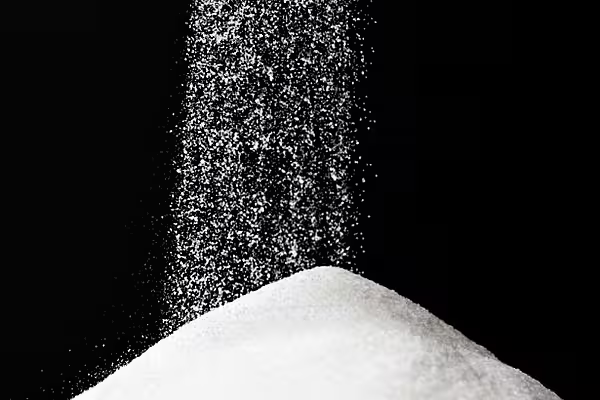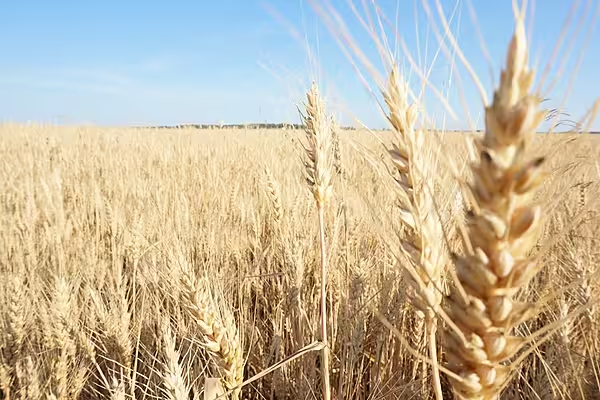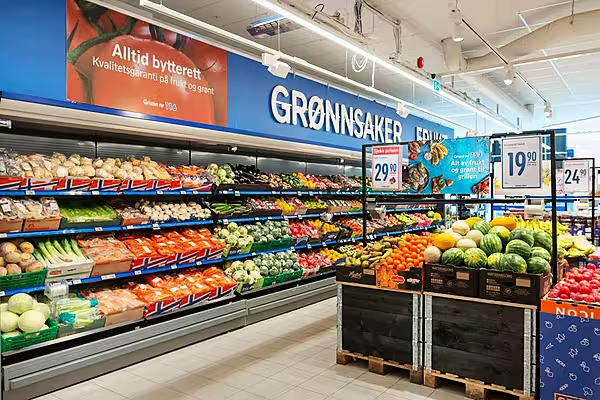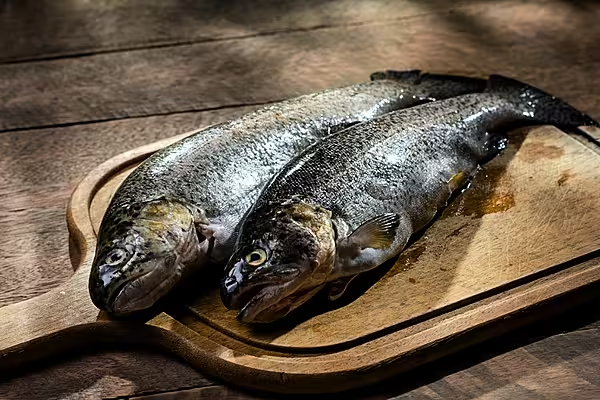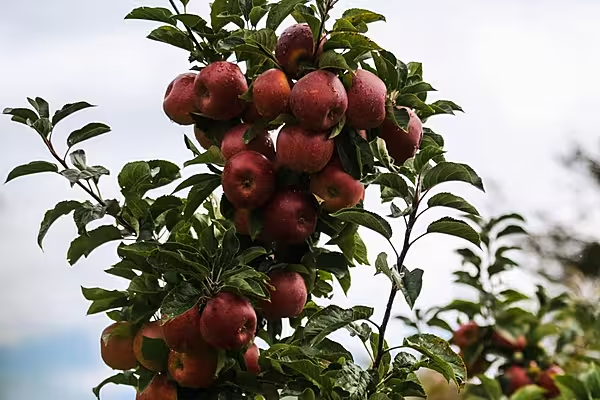Even sugar’s best rally in a month wasn’t enough to make hedge funds bullish.
Money managers instead expanded their net-short position to the most in 11 weeks, US government data show. Speculators wagered on a rally just once since August and while prices jumped 3.5 per cent last week, they’re still near the lowest level in six years.
Global harvests will exceed demand for the fifth straight year in 2015, according to Paris-based trade house Sucres et Denrees. While heavy rains threaten yields in Brazil, the top supplier, shipments from others should cover any shortfall. Exports from India, the biggest grower after Brazil, could double in the season that starts in October, a Bloomberg survey shows.
"Even with weather problems, supply is probably growing faster than demand,” said Sameer Samana, a senior global strategist at Wells Fargo Investment Institute in the US, which manages $1.6 trillion. “It seems that India is going to have another pretty big crop, and that’s just adding to the negativity.”
Raw sugar dropped 18 per cent to 11.95 cents a pound on ICE Futures US in New York this year. The Bloomberg Commodity Index of 22 raw materials fell 3.4 per cent, while the MSCI All- Country World Index of equities gained 3.2 per cent.
The net-bearish position in sugar reached 97,815 futures and options contracts in the week ended June 23, according to data from the U.S. Commodity Futures Trading Commission published three days later. Short holdings rose to the highest since March 31.
World inventories will climb to a record in the season that ends in September, US Department of Agriculture data show.
Rabobank International expects prices to reach 11.3 cents in the third quarter, the bank said in a report e-mailed 19 June.
Declining sugar prices have contributed to the lowest global food costs since 2009, according to the United Nations’ Food & Agriculture Organisation. Farmers have reaped record grain and oilseed crops in the past several years, in turn lowering feed expenses for dairy and meat producers.
The sugar glut could start to ease next season. The USDA is projecting a small deficit in the 12 months that start 1 October.
Output in Brazil’s Centre South, which grows about 90 per cent of the nation’s cane crop, fell 15 per cent in the first half of June, Sao Paulo-based industry group Unica said last week. The area is expected to get more wet weather in early July that could hamper yields, according to forecaster Somar Meteorologia.
News by Bloomberg, edited by ESM
